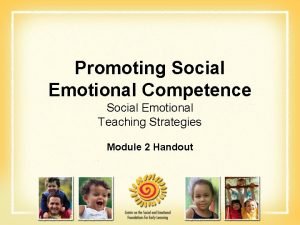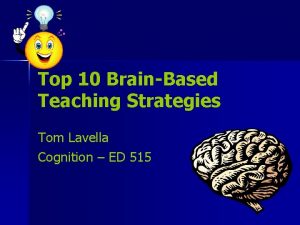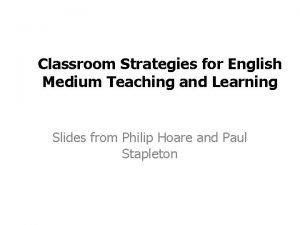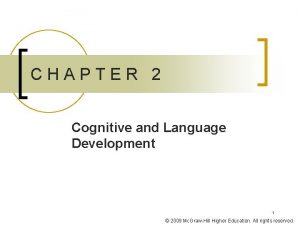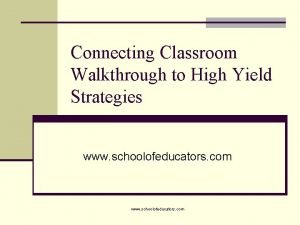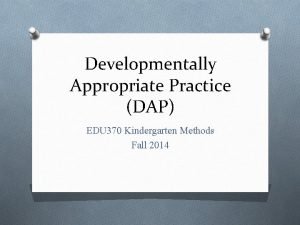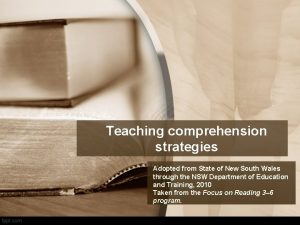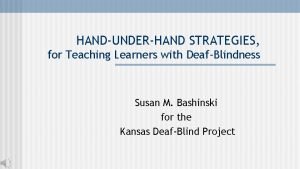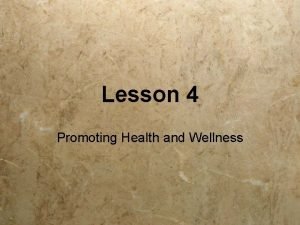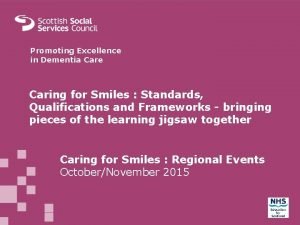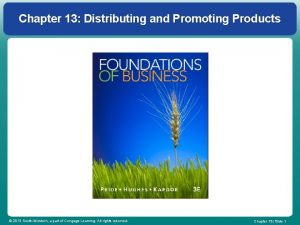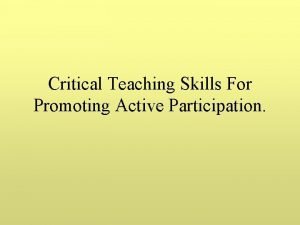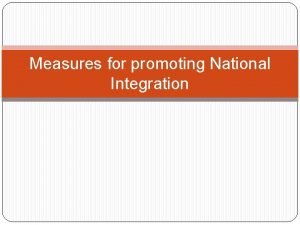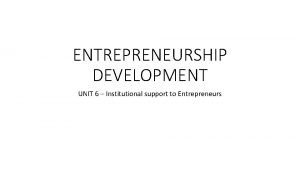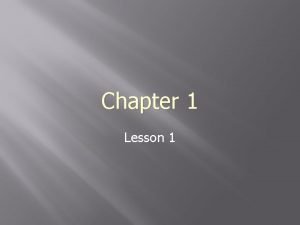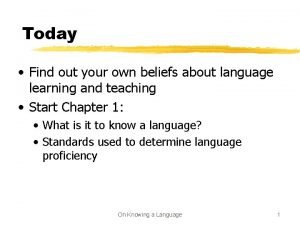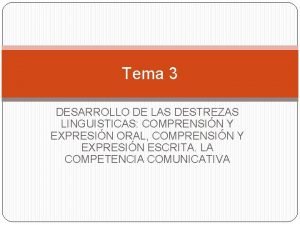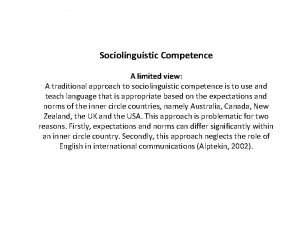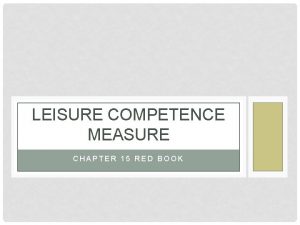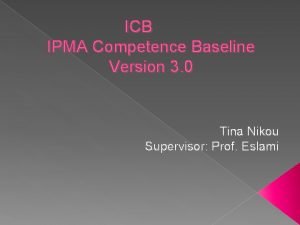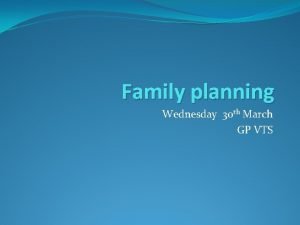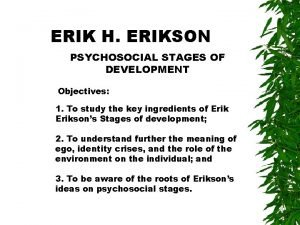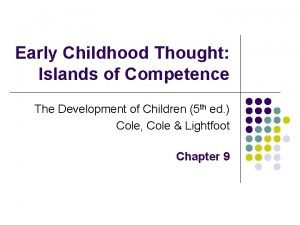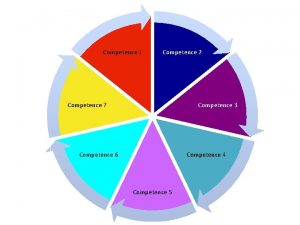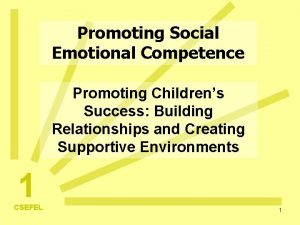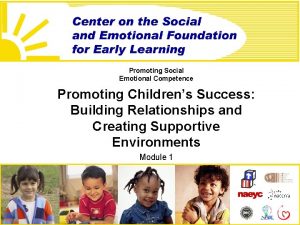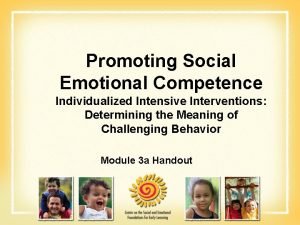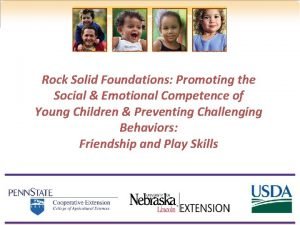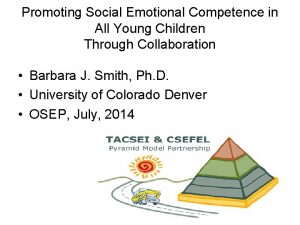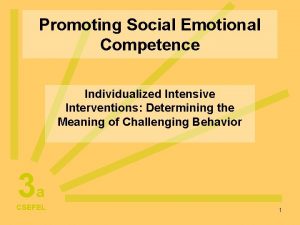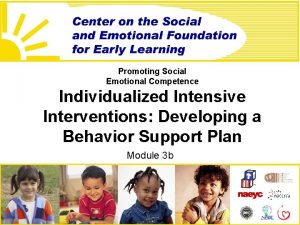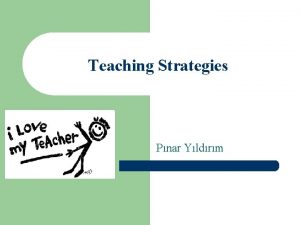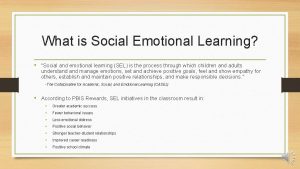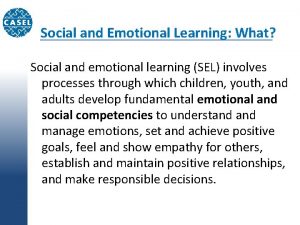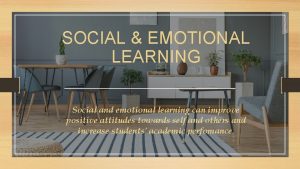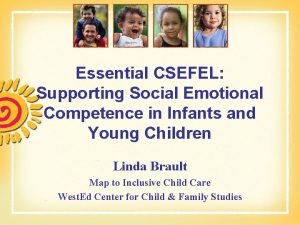Promoting Social Emotional Competence Social Emotional Teaching Strategies





























































- Slides: 61

Promoting Social Emotional Competence Social Emotional Teaching Strategies Module 2

Agenda • Introduction • Identifying “teachable moments” • Positive relationships as an essential foundation • Friendship skills • Emotional literacy • Controlling anger and impulse • Problem solving • Dealing with common peer problems 2

CSEFEL’s Key Principles • • • Intensity Clear Criteria for Efficacy Cost and Time Efficiency Long-term Essential Outcomes Family Centeredness Cultural Sensitivity and Competence 3

Learner Objectives • Participants will understand when and where the most effective “teachable moments” are related to social skills and emotional regulation. • Participants will understand why rules are essential for early childhood classrooms. • Participants will be able to identify the criteria for developing rules with young children. • Participants will be able to identify friendship skills and how to teach them. 4

Learner Objectives • Participants will be able to define emotional literacy and identify five activities that build “feeling vocabularies. ” • Participants will understand why children need to learn to control anger and handle disappointment and will be able to identify four strategies to teach anger management skills. • Participants will understand the importance of teaching problem solving and will be able to identify the four stages of problem solving. 5

6

Promoting Social Emotional Competence Individualized Intensive Interventions Social Emotional Teaching Strategies Creating Supportive Environments Building Positive Relationships 7

Identifying Teachable Moments 8

Building Positive Relationships with Children Shar e py p a H ms a r G Play e Hom s visit Time & Attention es Not e hom Emp athy 9

Friendship Skills • How to give suggestions (play organizers) • Sharing toys and other materials • Turn taking (reciprocity) • Being helpful • Giving compliments • Understanding how and when to give an apology 10


Play Organizers • Rationale • Describe – Get friend’s attention – Give friend a toy – Give idea what to do with toy or play idea • Demonstrate – Right way – Wrong way • Practice • Promote 12

Sharing • Rationale • Describe skill – Child has materials – Offers or responds to request from peer for materials • Demonstrate – Right way – Wrong way • Practice • Promote 13

Turn Taking • Rationale • Describe skill – Get friend’s attention (look, tap, call) – Hold out hand – Ask for toy • Demonstrate – Right way – Wrong way • Practice • Promote 14

Being Helpful/Teamwork • Rationale • Describe skill – How to help at home – How to help at school • Demonstrate – Right way – Wrong way • Practice • Promote 15

16

Giving Compliments • Rationale • Describe – Verbal – say things like: • “Good job _____!” • “Great _____!” • “I like the way you _____!” – Physical – Do things like: • Hug • Pat on the shoulder • High Five • Demonstrate – Right way – Wrong way • Practice • Promote 17

Knowing When and How to Give Apologies • Rationale • Describe skill – “I’m sorry that___” – “I didn’t mean to ___” • Demonstrate – Right way – Wrong way • Practice • Promote 18

Setting the Stage for Friendship • • • Inclusive setting Cooperative use toys Embed opportunities Social interaction goals and objectives Ethos of friendship 19

Strategies for Developing Friendship Skills • • Modeling principles Modeling with video Modeling with puppets Preparing peer partners Buddy system Priming Direct modeling Reinforcement 20


Enhancing Emotional Literacy • Learning words for different feelings • Learning how to recognize feelings in self and others 22

23

24

25

26

27

28

29

30

31

32

Increasing Feeling Vocabularies • • Direct teaching Incidental teaching Use children’s literature Use songs and games Play “How would you feel if? ” Checking in Feeling dice and feeling wheels 33

Feeling Activities 34




Identifying Feelings in Self and Others • Learning ways to relax • Empathy training 38

39

40

Relaxation Thermometer Take 3 deep breaths… 1. . 2. . 3 41

Identifying Feelings in Self and Others Empathy Training 42

Key Concepts with Feelings • Feelings change • You can have more than one feeling about something • You can feel differently than someone else about the same thing • All feelings are valid – it is what you do with them that counts 43

Controlling Anger and Impulse • Recognizing that anger can interfere with problem solving • Learning how to recognize anger in oneself and others • Learning how to calm down • Understanding appropriate ways to express anger 44


46

47

48

49

Questions about teaching young children to control anger and handle disappointment? 50

Problem Solving • Learning problem solving steps • Thinking of alternative solutions • Learning that solutions have consequences 51

52

53

Would it be safe? Would it be fair? How would everyone feel? 54

55

Problem Solving • Learning to evaluate solutions- Is it safe? Is it Fair? Good Feelings? • What to do when a solution doesn’t work 56

Problem-Solving Activities • Problematize everything – “We have 6 kids at the snack table and only one apple. We have a problem. Does anyone have a solution? ” • Play “What would you do if…? ” • Children make their own “solution kits” • Children offer solutions to problems that occur in children’s stories 57

Supporting Young Children with Problem Solving in the Moment • • • Anticipate problems Seek proximity Support Encourage Promote 58

Dealing with Common Peer Problems • Teaching alternative responses to being teased, bullied, or yelled at • Teaching children to speak up when something is bothering them, “Please stop” • Teaching children to be good ignorers (using a “Teasing Shield”) • Teaching aggressors skills to initiate play and to feel sorry 59

Key Points Intentionally teach – Friendship skills – How to recognize feelings in oneself and others – How to “calm down” – How to control anger and impulse – How to problem solve – How to deal with common peer problems 60

Promoting Social Emotional Competence Individualized Intensive Interventions Social Emotional Teaching Strategies Creating Supportive Environments Building Positive Relationships 61
 Promoting alternative thinking strategies
Promoting alternative thinking strategies Tucker turtle takes time to tuck and think video
Tucker turtle takes time to tuck and think video Top 10 brain-based teaching strategies
Top 10 brain-based teaching strategies Teaching strategies gold training
Teaching strategies gold training Emi teaching strategies
Emi teaching strategies Piaget teaching methods
Piaget teaching methods Remedial teaching activities
Remedial teaching activities High yield strategies marzano
High yield strategies marzano Dap kindergarten
Dap kindergarten Teaching comprehension strategies nsw
Teaching comprehension strategies nsw Deaf-blindness teaching strategies
Deaf-blindness teaching strategies Promoting moral improvement
Promoting moral improvement Promoting services and educating customers
Promoting services and educating customers Glencoe health and wellness
Glencoe health and wellness Promoting family earthquake preparedness
Promoting family earthquake preparedness Lesson 4 promoting health and wellness
Lesson 4 promoting health and wellness Promoting racial literacy in schools
Promoting racial literacy in schools Lesson 4 promoting health and wellness
Lesson 4 promoting health and wellness Leaving cert business philip curry
Leaving cert business philip curry Keeping an infant safe and well section 7-3
Keeping an infant safe and well section 7-3 Promoting excellence in dementia care
Promoting excellence in dementia care Deontology ethics example
Deontology ethics example Chapter 7 promoting health and wellness
Chapter 7 promoting health and wellness Promoting bowel elimination
Promoting bowel elimination Chapter 13 distributing and promoting products
Chapter 13 distributing and promoting products Promoting services and educating customers
Promoting services and educating customers Health promoting schools model
Health promoting schools model Rehearsal strategies
Rehearsal strategies Promoting a positive health and safety culture
Promoting a positive health and safety culture Unit 11 safeguarding adults and promoting independence
Unit 11 safeguarding adults and promoting independence Need of national integration
Need of national integration Role of support institutions include
Role of support institutions include Health promoting school
Health promoting school Japan's principal asset for promoting development was
Japan's principal asset for promoting development was Chapter 1 lesson 4 promoting health and wellness
Chapter 1 lesson 4 promoting health and wellness What is microteaching
What is microteaching Tadeusz snuk
Tadeusz snuk La compétence définition
La compétence définition Grammatical competence
Grammatical competence Examples of grammatical competence
Examples of grammatical competence Diversity competence
Diversity competence Idd cpd requirements
Idd cpd requirements Generative grammar
Generative grammar Sociolinguistic competence example
Sociolinguistic competence example Emma alicia
Emma alicia Examples of grammatical competence
Examples of grammatical competence Modis competence center
Modis competence center Approche actionnelle anglais
Approche actionnelle anglais Emt competence framework
Emt competence framework Regional variation in sociolinguistics
Regional variation in sociolinguistics Leisure competence measure pdf
Leisure competence measure pdf Pengertian kompetensi dalam budaya organisasi
Pengertian kompetensi dalam budaya organisasi Competence vs performance in linguistics
Competence vs performance in linguistics Icb ipma competence baseline
Icb ipma competence baseline Surface structure and deep structure
Surface structure and deep structure Formal linguistics definition
Formal linguistics definition Gillick competence
Gillick competence Boundaries of competence
Boundaries of competence Competence vs inferiority
Competence vs inferiority Erikson
Erikson Personal entrepreneurial competencies meaning
Personal entrepreneurial competencies meaning Island of competence
Island of competence

